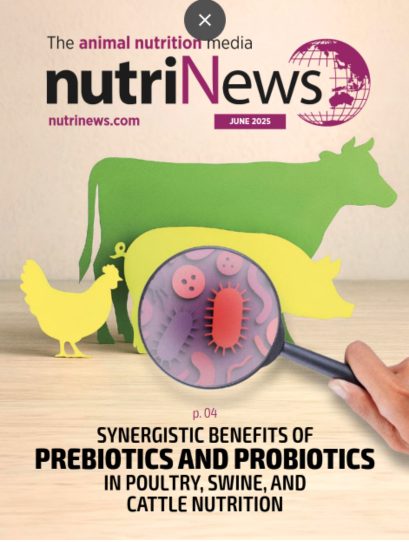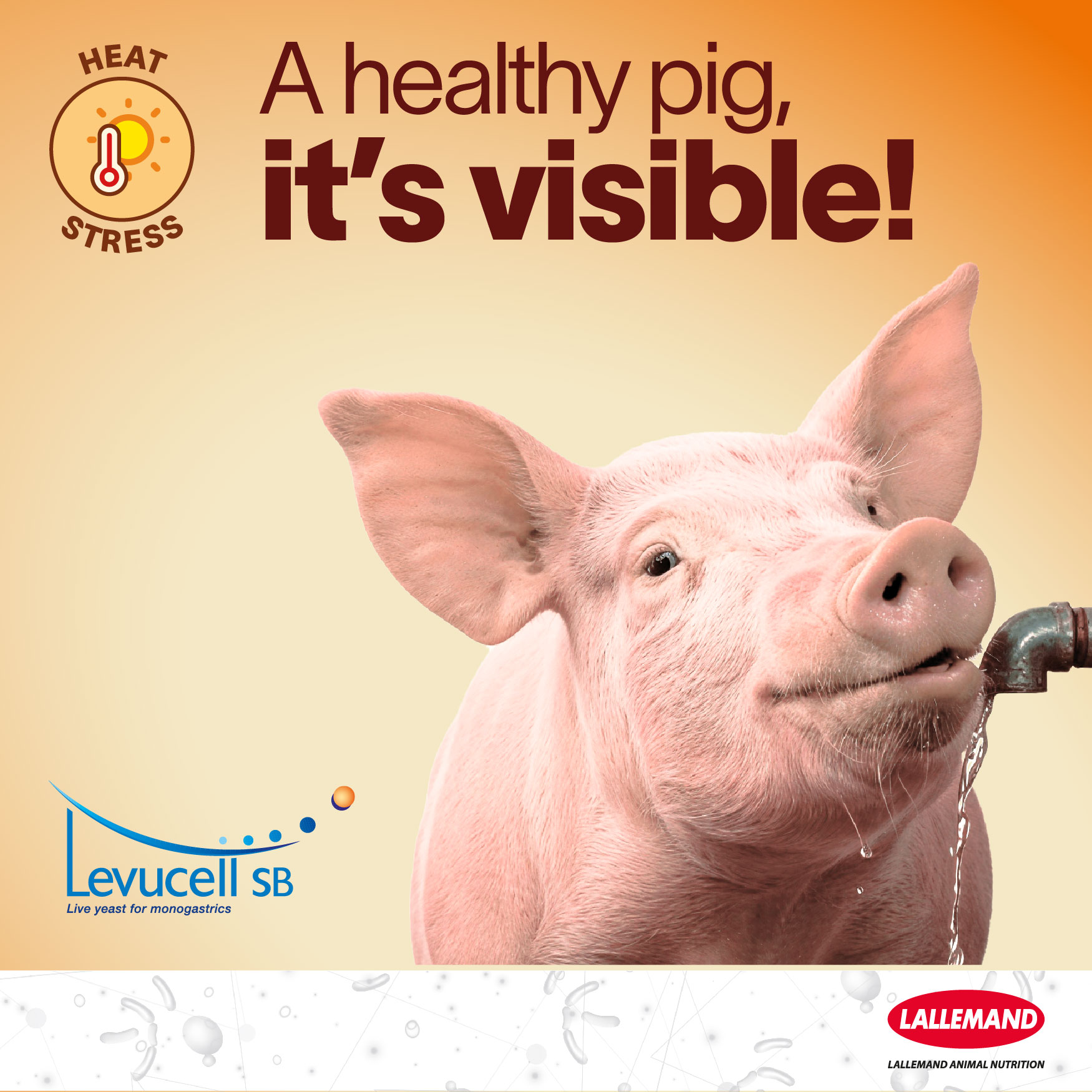Intestinal inflammation is one of the factors that should interest present-day producers the most when it comes to focusing on:
- broiler efficiency
- meat quality
- reducing the use of antibiotics in the field
The intestinal inflammation/permeability complex may be behind some pathological problems of great interest (lameness, septicemia, dislocations and bone fractures in slaughterhouses, etc).
Besides, and as it happens in many other scenarios, for some technicians, what does not produce clinical disease is not a problem!
Although a universally accepted model for evaluating the effects of inflammation is still not available, different systems have already been developed to carry out this evaluation at the intestinal level. With the purpose of making an objective assessment of the problem .
In reality, relatively little is known about the actual effect of intestinal inflammation in terms of zootechnical response. However, this assessment is essential in order to highlight the true economic interest behind the different available mechanisms to deal with this problem. EIt is essential to know how much something costs in order to determine how much can spent for its control.
Results of 21 experimental trials
To assess the economic impact of intestinal inflammation on broiler productivity, different experimental tests were carried out aiming to provoke inflammatory responses at the intestinal level through various means.A total of 21 different trials were carried out with further analysis of the obtained results.
In these tests different objectives were sought, mainly focusing on: making an assessment of the systems used to evaluate the process→ the use of enhancing substances, etc.
» Materials & Methods → Data from all the trials was collected for the final analysis. Such data included:
- negative and positive controls (i.e. animals with and without an inflammatory challenge)
- growth parameters and feed conversion ratio (FCR).
Without considering the effects of the different treatments, which escape the initial objective of this study.
→ Challenges. The means used to induce inflammation were:
-
-
- In 6 tests : Use of bacterial lipopolysaccharides
- In 5 tests : Use of Eimerias
- In 3 tests : Combination of Eimerias and C. perfringens
- In 2 tests : Thermal stress
- In 1 test : Necrotic enteritis
- In 1 test : Aflatoxins
- In 1 test : E. Coli
- In 1 test : Mixture of bacteria
- In 1 test : MAS virus (Malabsorption syndrome)
-
[register]
»Resultas → In zootechnical parameters of interest ♦ In 19 trials :weight gains are explicitly cited.
The average reduction of weight gain in the challenged animals in relation to those in the control group, turned out to be 17%. With a minimum value of 0% and a maximum of 42%, with a CV of 75%.
♦ In 16 tests : the feed conversion ratio (FCR)
The FCR increased by 13.5% on average, with minimum and maximum values of 0 and 30% respectively, and a CV of 115%.
The following graph groups the results in terms of average daily gain (ADG) and FCR at 21 days of the different tests: 
⇉ The combination of both variations indicates a reduction in animal consumption, close to 7%.
⇉ The inflammatory process leads not only to a significant reduction in consumption, but also to an evident loss of digestive efficiency.
It seems that the reduction in growth capacity is greater than the reduction in consumption, which implies an increase in FCR. While this is evident, it is slightly less than the observed reduction in growth. Obviously, if the weight of the animals needs to be maintained, under these conditions, the final conversion will necessarily be higher, since the number of days on the farm will have to be increased. It is true that the objective of the previous trials was to have a majority of the studied animals undergoing the effects of inflammation. Therefore, it was intended to put them under extreme conditions in order to trigger such effects. It can be said that the obtained data reflects the worst possible scenario. Also, and as is the case for most meta analyses, the data is quite variable:
- Coefficient of variation (CV) growing : 75%
- Coefficient of variation (CV) for conversion : 110%
Regardless of the final results, there was a constant trend towards weight reduction and an increase in FCR.
| Therefore, results in the field will depend not only on the severity of the injuries, but also on the percentage of animals suffering from this pathological process. Which as a result requires a correct evaluation on the field. |
→ Procedures to assess the degree of inflammation. In the different protocols employed for the experimental tests, different procedures were used to assess the degree of intestinal inflammation. The determinations which were repeated the most are(Table 2):
- In 10 tests : Interleukin IL1 Beta.
- In 9 tests : The height of the villi or the relationship between villi and crypts.
- In 7 tests: Markers of Ocludina, Claudina or ZN.
- In 6 tests: Cytokine TNF alpha (necrosis factor).
- In 4 tests : MUC2.
- In 3 tests: Cytokine IFN or diaminooxidase.
- In 3 tests: FITC (Fluorescein Isothiocyanate).
As a summary, the values that present the most significant differences in relation to the control groups are (Table 3). 
![]() In all cases, the CV of each parameter evaluated are very high, due to large differences in the values between the proposed tests. The lowest being those that correspond to the expression of proteins of the firm bonds toIFN gamma and the IL1 beta. There is an evident increase in cytokines (especially pro-inflammatory proteins IFN and IL) and a reduction in the height of villi and the gene expression of proteins of the tight junctions. Which results in permeability problems associated with inflammation. A decreased villi size, is also associated with a reduction in diet digestibility and nutrient absorption.
In all cases, the CV of each parameter evaluated are very high, due to large differences in the values between the proposed tests. The lowest being those that correspond to the expression of proteins of the firm bonds toIFN gamma and the IL1 beta. There is an evident increase in cytokines (especially pro-inflammatory proteins IFN and IL) and a reduction in the height of villi and the gene expression of proteins of the tight junctions. Which results in permeability problems associated with inflammation. A decreased villi size, is also associated with a reduction in diet digestibility and nutrient absorption.  After analyzing the results of the previously mentioned tests, the following conclusions can be drawn:
After analyzing the results of the previously mentioned tests, the following conclusions can be drawn:
»In all cases where intestinal inflammation is present, there is reduction in animal growth and feed consumption.
» As well as an important increase in the conversion rate.
Both parameters are modified differently in the different tests, but always towards the same direction.
» Different assessment methods for inflammation are cited in available literature, without a consensus on a universal method. However, the presence of pro-inflammatory cytokines or intestinal morphometry (height of the villi, depth of the crypts or the villus/crypt ratio) are the most widely used.
» There is also coherence in the obtained results from different valuation systems, although absolute values are not very homogeneous between tests.
» It is not possible to establish valid correlations between the different titration parameters and the zootechnical parameters obtained. It appears to be that an obvious system for predicting zootechnical outcomes on the basis of marker analysis does not exist up to date.
» Most of these systems are strongly invasive, which makes them difficult to use. However, work is being done in an attempt of finding simple, non-invasive markers that can be directly evaluated on the farm.
| Therefore, field assessment of chicken’s intestinal state with any of the current evaluation systems, remains as the best method for collecing objective data. This assessment should include the degree of tissue alteration and the percentage of animals affected. |
Bibliography available upon request to the author
[/register]












